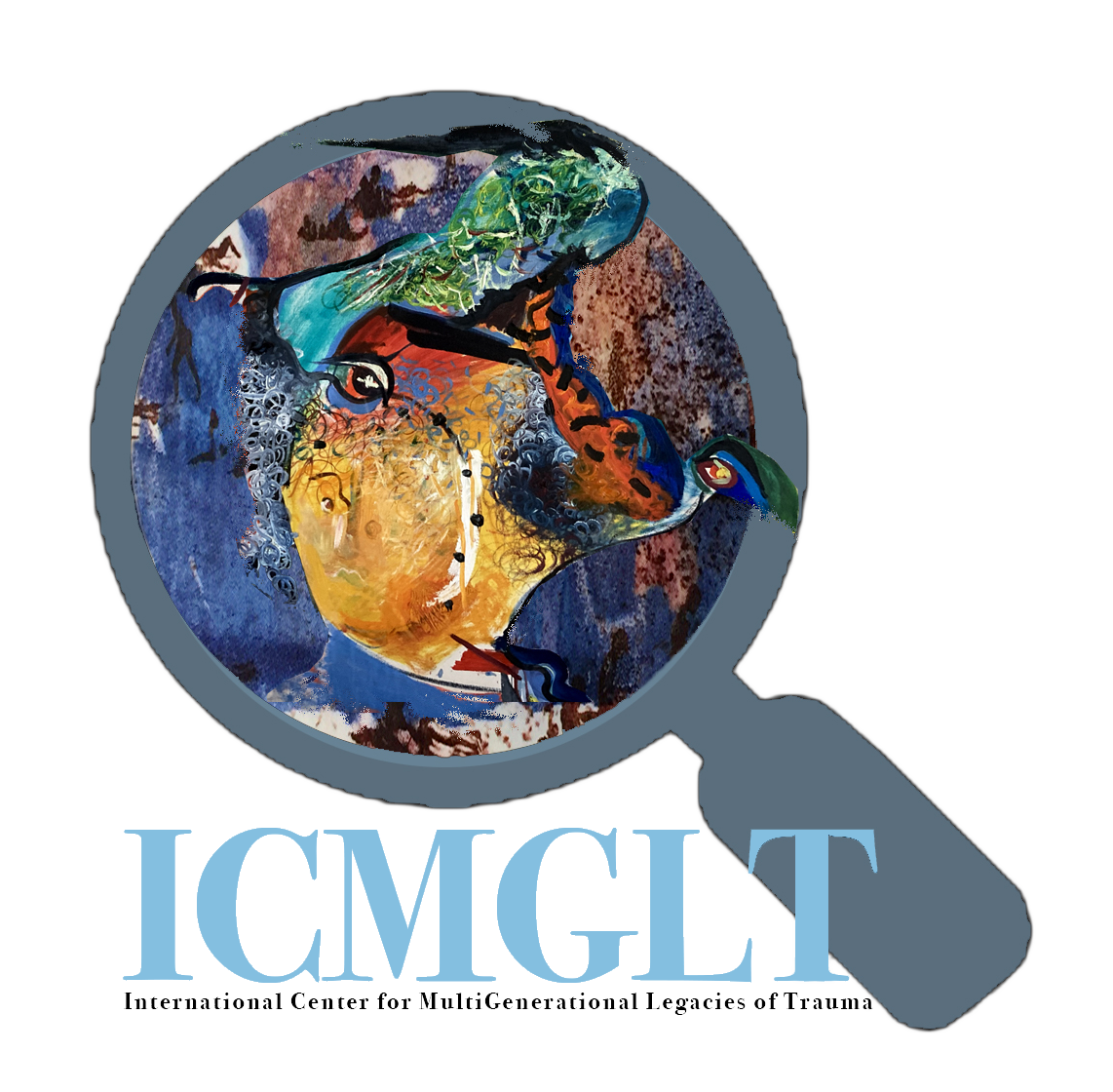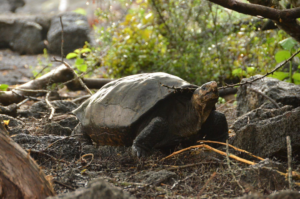Medieval individuals in the coastal East African civilization had almost equal parts African and Asian ancestry, a new study finds
March 31, 2023
:focal(500x376:501x377)/https://tf-cmsv2-smithsonianmag-media.s3.amazonaws.com/filer_public/8b/a0/8ba08c8f-bb19-4945-8b78-1ec784368686/file-20230321-3114-lin1g3.jpg)
A new analysis of medieval DNA has revealed that around the turn of the first millennium, Swahili ancestors from Africa and Asia began intermingling and having children, giving rise to a Swahili civilization with a multiracial identity, at least among its elites. The discovery matches local stories passed down through generations that were previously dismissed as myth by outside researchers.
“This oral tradition was always maligned,” George Abungu, an archaeologist and former director-general of the National Museums of Kenya who was not involved in the genetic analysis, tells the New York Times’ Elie Dolgin. “Now, with this DNA study, we see there was some truth to it.”
Behold the World’s Smallest Monkey: The Pygmy Marmoset
Members of the medieval and early modern Swahili culture lived in towns and villages along the coast of East Africa, shared the Kiswahili language, and largely practiced a common religion of Islam. The new research, published Wednesday in the journal Nature, sheds some light on how this culture formed.
To start, the research team—made up of 44 scientists, including 17 African scholars—worked with locals to excavate cemeteries along the Swahili coast. They gathered DNA samples from 80 people who lived between 1250 to 1800 C.E. and compared that data with saliva samples from modern-day coastal Swahili-speaking people, as well as individuals living in the Middle East, Africa and other areas of the world. Afterward, the team ensured the exhumed bodies were replaced in their cemetery plots.
They found that about half of the DNA from the medieval individuals came from African women, while the other half primarily came from Asian men. Of the Asian DNA, about 80 to 90 percent revealed Persian ancestry, while approximately 10 percent was linked to India. The genetic material from modern-day individuals supported this mixed ancestry, though people who identify as Swahili today have inherited varying amounts of DNA from medieval peoples.
The traditional Swahili society is strongly matriarchal. Because mothers were largely African, medieval children retained their language and culture, while certain outside influences like architecture, fashion and art were absorbed into their predominantly African traditions, per the Times.
Essentially, the paper reveals a timeline of intermarriage that matches a narrative told by the Swahili people called the Kilwa Chronicle. Early scholars had dismissed this oral history as “a kind of fairy tale,” write co-authors Chapurukha Kusimba, an anthropologist at the University of South Florida, and David Reich, a human evolutionary biologist at Harvard University, in the Conversation. “Ironically, the story of Swahili origins has been molded almost entirely by non-Swahili people, a challenge shared with many other marginalized and colonized peoples who are the modern descendants of cultures of the past with extraordinary achievements.”
The Kilwa Chronicle tells a story of mixed Asian and African ancestry, suggesting that an influx of Persian sultans helped give rise to the Swahili culture. But prejudiced researchers have cast doubt on the story, assuming that the thriving East African port cities were built by Europeans, writes Popular Science’s Jocelyn Solis-Moreira. It has also been questioned by some African natives, who accused the elites of exaggerating their Asian connection to raise their social status, per the publication.
In addition to the DNA analyses, the team consulted oral traditions, used systematic surveys and excavated material such as pottery, beads, house remains and imported objects. “Together they revealed the complexity of Swahili everyday life and the peoples’ cosmopolitan Indian Ocean heritage,” write the authors in the Conversation.
Still, this research has a notable caveat: The team only took samples from people buried in elite Muslim cemeteries, which may not be representative of everyday citizens in the Swahili civilization. The researchers intend to gather more samples to continue to fill in the missing pieces of Swahili ancestry.
“This research has been my life’s work—this journey to recover the past of the Swahili and restore them to rightful citizenship,” Kusimba says in a statement. “These findings bring out the African contributions, and indeed, the Africanness of the Swahili, without marginalizing the Persian and Indian connection.”
Editor’s Note, April 3, 2023: The name of the University of South Florida has been corrected.




